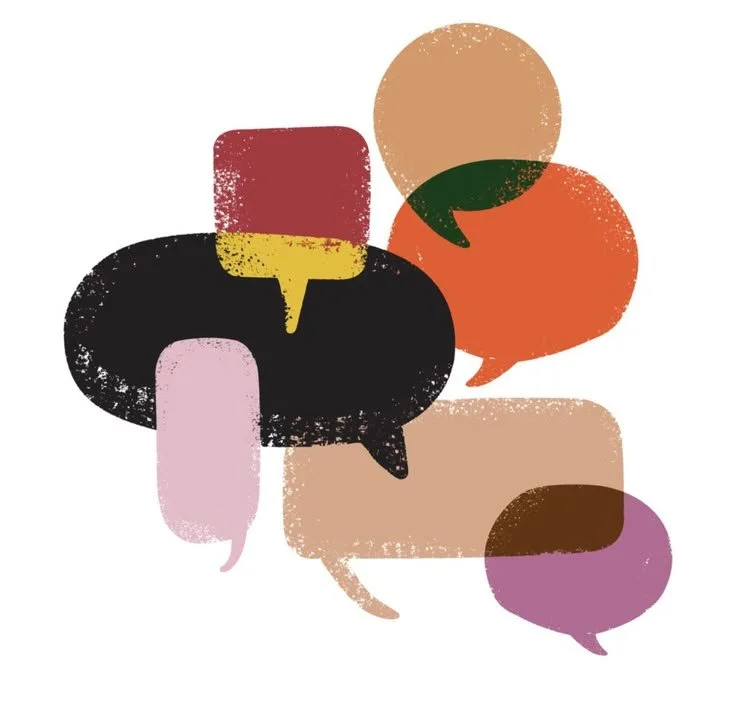Exploring the Art of the Interview
As a strategist, one of the most important skills to me that I’m still fine-tuning is how to conduct an effective interview with clients or project stakeholders; whether that be for a case study, strategic planning gather phase, or even hiring process. Because, it’s not just about asking questions; it’s about knowing which questions to ask, how to create the right atmosphere for honesty, and how to guide the conversation without leading it. The goal is to uncover insights that are both valuable to the project and authentic to the people you’re speaking with — and, that still may not always garner the exact, perfect insight you want. C’est la vie!
That being said, interviewing can be a total shot in the dark. Sometimes it’s right on the mark for the level of information you are hoping to learn from your interviewee, and sometimes it requires a little adapting and puzzle-piecing your questions to fit the flow. Listening closely, noticing what isn’t being said, and being flexible enough to follow unexpected threads is all a part of the process. I don’t think I’ve 100% perfected it yet, but I’m always building a set of practices that help me get closer to the kinds of answers that truly move a project forward.
Here are a few tips I’m practicing:
Set the stage
A warm introduction and context-setting go a long way. Taking it from my fellow, well-seasoned consultants who sometimes spend days in back-to-back interviews — I’ve learned how to explain why the conversation matters and what will be done with the information, so people feel their input is valued and have the opportunity to ask any questions ahead of time to ensure they are comfortable.
Ask open, not loaded questions
It’s tempting to ask questions that steer toward the answers I think I need. When I am creating questions for my case studies, for example, I try to keep it broad and reflective. If there’s something specific said that sparks a new thread, I can then add in a follow-up question on the spot to get into the nitty gritty. Open-ended questions often let interviewees bring up perspectives I might not have considered.
Pivot, reshape, mold your original question, if needed
This is kind of the dancing part of interviewing. You present your open-ended question and are met with, “I don’t think I have anything to speak to this…” — whether that is a positive or negative! This moment can feel like a dead-end, but if the space feels right to reframe the question (without inserting your own bias) to provide another opportunity for your interviewee to still answer from a different perspective, it may prove to be valuable instead of moving on to your next question.
Embrace silence
Pausing after someone answers can feels uncomfortable at times (usually that is due to my rapid fire note-taking catch up), but sometimes that extra beat encourages them to share something deeper or clarify their point. I think it also sets the tone for non-urgency, no wrong answers, and space for the interviewee to amend or add insights.
Listen for themes, not just facts
I’ve realized, especially after sitting through theming sessions with my teammates, is that ultimately the most valuable insights will come from noticing patterns in how people describe experiences, frustrations, or hopes, rather than focusing only on literal answers. This is particularly helpful during an interview when you might not be getting those specific answers you’re searching for even after reshaping a question — there’s always something to glean through that.
Close with care
At The Spark Mill, it’s pretty standard for us to end by asking something along the lines of, “Is there anything I didn’t ask that you think I should know?” which can bring out gems of information I wouldn’t have reached otherwise. And, it’s not rare for an interviewee to start with, “I don’t think so…but I just want [Client] to know how well they do this thing, and actually something I forgot to say is…” — I love those moments!
Interviewing, for me, is forever a practice in progress. There’s usually a moment I have after I end the call where I think, Oh, I could have dug more there or added this there, but that is the beauty of the process! Each conversation is a chance to refine my approach, to balance curiosity with focus, and to keep learning how to uncover the answers that matter most.


